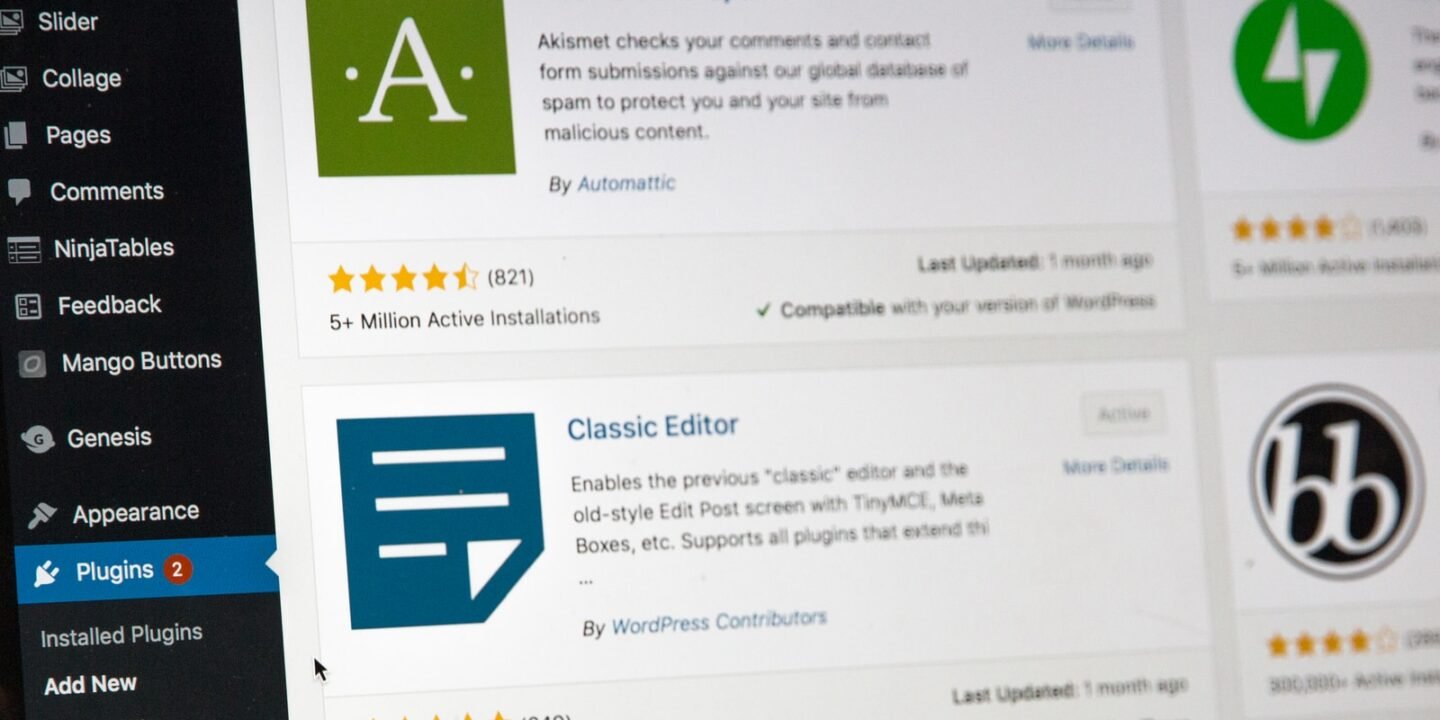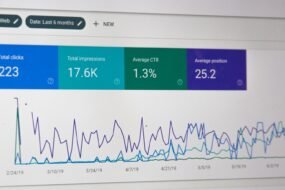
Acting as the front door for your company, this page aims to draw a lot of traffic to your website. Still, despite its prominence, many businesses strive to make it a success.
You see, your homepage needs to wear a lot of hats. Instead of treating it as a dedicated devotion page designed for a single action, it should serve a diverse audience from different backgrounds. And to do it well, it needs to be built on purpose. In other words, you will need to incorporate traffic attractions, educate visitors, and invite conversions.
To improve the performance of your homepage, check out all the features that the home page should have.
12 Critical Things Every Web Home Page Must Have
1. Subject
In three seconds, the website needs to tell visitors what the business offers. That’s where your topic comes in. It may be just a few words, but it is one of the most important copy pieces on your website.
Many people can visit your website, and you will be hard-pressed to find a few words that attack everyone at home. Instead, write your article to identify a third of those people who might be happy with your product.
Please keep the topic itself clear and simple. Dropbox’s main theme is a good example: “Everything you need for work, everything in one place.” It’s simple but powerful – you don’t have to worry about jargon to find out what Dropbox really does.
2. Subtitle
Your subtitle should add a title by giving a brief description of what you are doing or giving. This can do successfully by entering a common area of pain that your product or service solves.
Here’s an example of a great subtitle from the Mirror: “Obvious Hiding.” It sounds like the main selling point of a mirror gym: It’s a full-length gym, a personal trainer, and a program of all the luxury exercises in your home without taking precious square footage with machines.
To make great themes for your phone, use larger fonts to give guests a better feeling. Small fonts can force mobile visitors to shrink and zoom in to read and share content on your site. Our advice? Use these options in your page editor. H1 headers are best for page headers – there should be one H1 page per page. Subtitles should follow royal order, H2, H3 … H6, and so on. You can have several of these articles; make sure they are organized. For example, you won’t want to jump from H1 to H3 – choose H2 instead.
3. The Call to Action
The goal of your homepage is to force visitors to dive deeper into your website and move you down the funnel. Include two or three call-to-action calls at the top of the kraal that guide people through the various stages of the shopping cycle – and place them in easily accessible areas.
These CTAs should be visually appealing, with a very different color from the color scheme of your homepage while still in full form. Keep a copy short – no more than five words – and straightforward to do something, so it forces visitors to click on anything you offer. Examples of a copy of the CTA are “Register,” “Make an appointment,” or “Try it for free.”
The Afterschool HQ website includes two CTAs on top of the kraal, both designed for program directors interested in promoting their after-school programs to families in the building. The long CTA note under “Create Your Free Profile” gives visitors the encouragement they need to create an account – the first step to becoming an Afterschool HQ provider.
4. Image support
Most people are visible. Make sure you use a photo (or short video) that clearly shows what you have to offer. Use emotive pictures, call action, and visualize the story you are writing.
To enhance your photos for mobile users, use high-quality images with reduced file size. Also, always add alt text to your photos to make them accessible to visitors using student screens and take your SEO efforts at a note.
The 4 Rivers Smokehouse homepage is a good example of emotional images: It includes a series of short, high-quality, and water-playing videos after a simple title, subtitle, and main CTA:
5. Benefits
It is important not only to explain what you are doing but also why you are doing it. Prospects want to know about the benefits of buying from you because that will force them to stick.
Keep the copy simple and easy to read, and speak the language of your customers. Evernote does a great job of listing the benefits on their homepage in a compelling, attractive, and easy-to-understand way:
6. Public Evidence
Social evidence is a powerful indicator of trust. Your product or service could be the best in the world, and it’s okay to make that claim – it’s because people can’t believe it without hearing it from other people, too. And that’s what social evidence does.
Add a few excellent (short) quotes to the homepage and link to the lessons if necessary. Adding a name and a picture gives this evidence extra credibility. Listen to a little bit to this on their homepage with glowing evidence from real customers.
7. Roaming
The design and content of navigating your homepage can mean the difference between a website conversion and bump. To reduce the flight level, give your visitors a clear path to the pages they need from the homepage. Make the navigation menu appear at the top of the page and then edit the position structures’ links.No one knows your website better than those who helped design it, so be sure to conduct user tests to make sure it’s simple and intuitive for visitors to find what they’re looking for on your site. Include a search box if you can.
8. Content Offer
To generate more revenue from your homepage, include offers of great content, such as a whitepaper, ebook, or guide. People who are not yet ready to buy may download offers that give you more information on a topic that interests them. If you need inspiration, here are the different types of content to choose from.
9. Second Call to Action
Add a second CTA to your homepage to provide additional opportunities to convert uninterested hopes to your primary goal. Think of them as an event plan: They offer another way for guests who are not yet ready for the highest commitment as you ask.
While your main CTAs should be above the kraal, place a second CTA at the bottom of the kraal to give visitors things to click as they scroll down. For example, at the bottom of the screen on the Spanx homepage, you’ll find three call-to-action calls that explicitly offer remote betting people a few more options to click on. These second CTAs are for two types of conversions: one on the left for a $ 20 discount and the other, “buy now,” to explore the online catalog.
10. Features
In addition to the benefits, list some of your key features. This gives people more insight into what your products and services offer. Also, keep the copy simple and easy to read. Business Dropbox, for example, is not shy about displaying a feature matrix directly on their homepage under the fold.
11. Resources
Also, most visitors to your website will not be ready to buy … yet. Please provide a link to the resource center to browse relevant information for people who want more information. This not only keeps them on your web page longer but also helps you develop your credibility as a thinking leader in your industry.
Lovesac adds a resource link to the foot below the fold. Note how these second CTAs cover multiple stages in the purchase cycle: a credit card link to help customers easily purchase their furniture, a fabric sewing guide for those who still want full color before buying, and an online catalog for people in the new furniture market who are not yet ready to buy.
12. Indicators of Success
In addition to customer success stories, both awards and recognition can also help promote a good first impression. Is your company a deeply respected restaurant? Have you voted for the best new app this year? Inform your home page visitors of your accomplishments. As social proof, it will give credibility to your business to those who can.
On the Calendly homepage, for example, you’ll find the names of some of the most popular organizations you’ve ever seen, such as Gartner and Dropbox.








